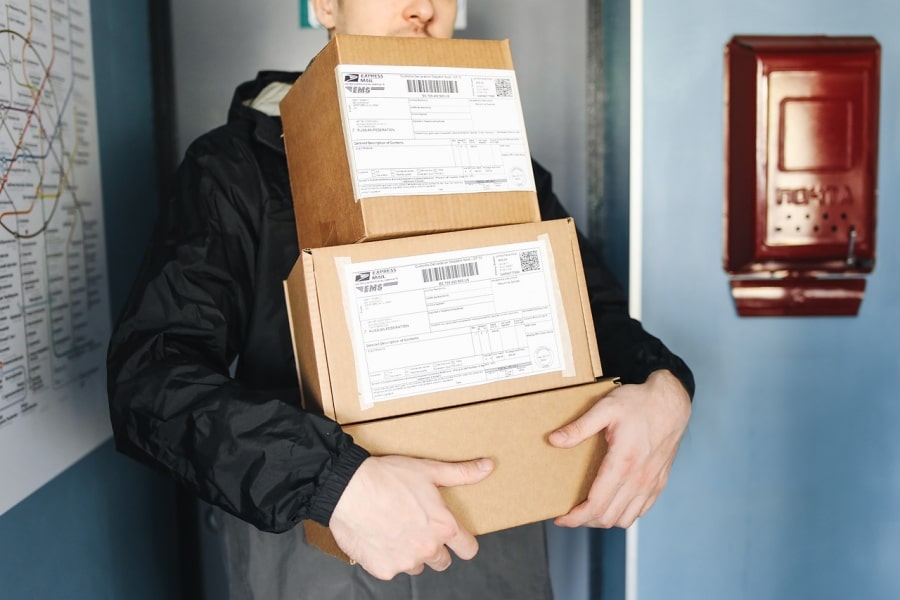(Image Source: www.corporate.zalando.com)
In a strategic move that reflects both its customer-first mindset and commitment to sustainability, Zalando, Europe’s leading online fashion and lifestyle platform, has introduced a policy refinement aimed at reducing excessive returns. This update impacts a small percentage of customers and supports a more efficient, responsible shopping ecosystem. Learn more about Zalando return policy update, the reasons behind this decision, Zalando’s 2025 strategy and returns in Germany.
Article’s contents:
- A brand built on convenience and customer trust ↩︎
- What triggers Zalando return policy update ↩︎
- Why returns matter: A data-driven perspective ↩︎
- Smarter shopping through technology ↩︎
- Return trends in Germany: A deeper look ↩︎
- Aligning with Zalando’s 2025 strategy ↩︎
- Final thoughts: A balanced, customer-friendly approach ↩︎
With over 50 million active customers, Zalando continues to set the standard for e-commerce across Europe. By refining its approach to returns, the company is taking steps to balance convenience with operational sustainability—without compromising the seamless experience that loyal customers have come to expect.
A brand built on convenience and customer trust1
Zalando has long been recognized for its generous return policy, allowing customers to shop online with confidence. Free returns are a key part of this experience, especially in categories like fashion and footwear, where fit and feel can vary greatly.
However, as e-commerce has matured, so has customer behavior. While the vast majority of shoppers use returns responsibly, a very small subset—around 0.02% of Zalando’s customer base—exhibited unusually high return activity over the past year. To address this outlier behavior, Zalando has temporarily limited ordering access for affected accounts. These users will not be able to place new orders for 12 months, but can still access their order history and account information.
The goal? To ensure a fair shopping experience for all users and to uphold the high standards of service for which Zalando is known.
What triggers Zalando return policy update?2
While Zalando has not specified an exact return threshold for account suspension, the company confirmed that these actions are reserved only for cases of exceptionally high and persistent return rates. This is not a change targeted at casual shoppers, but rather a response to consistent behavior far outside typical usage patterns.
These updates are now reflected in Zalando’s general terms and conditions, ensuring full transparency with customers. The policy shift aims to create a more balanced environment where logistical resources can be used more efficiently—and where sustainability goals are not compromised by excessive reverse logistics.
Why returns matter: A data-driven perspective3
Returns are a normal and expected part of online retail, particularly in fashion. Zalando processes millions of returns annually, with about 50% of all items sold being sent back. While this highlights the platform’s flexibility, it also presents challenges in terms of cost, logistics, and carbon footprint.
To put this in perspective, Zalando shipped approximately 251 million orders in the past fiscal year. That means over 125 million items were returned. Reducing this number even slightly can lead to significant gains—economically and environmentally.
Smarter shopping through technology4
To proactively reduce returns and improve customer satisfaction, Zalando is investing in cutting-edge technologies such as AI-powered size recommendations and computer vision tools. These systems analyze purchase behavior, customer feedback, and fit data to help shoppers choose the right size and style the first time.
Size-related issues alone account for about one-third of Zalando’s returns, making these innovations key to the company’s future-proof strategy. Better product images, more detailed descriptions, and personalized fit tools are part of a broader effort to improve the accuracy of online purchases.

Image Source: Unsplash
Return trends in Germany: A deeper look5
Germany is one of Zalando’s core markets—and also one of the most return-intensive e-commerce environments in Europe. A 2021 study from the Otto-Friedrich University of Bamberg found that one in four online retail parcels in Germany is returned. That equated to roughly 530 million returns, involving over 1.3 billion items, primarily in the fashion sector.
Fast-forward to 2024, and new data from Bitkom, Germany’s digital association which we wrote about here, offers deeper insight:
- On average, German online shoppers return 11% of their purchases.
- Only 24% of online shoppers say they never return anything.
- Size discrepancies (67%), product damage (56%), and dissatisfaction (50%) are the most cited reasons for returns.
There are also clear demographic differences:
- Women return 14% of their online purchases on average, compared to 9% for men.
- Younger shoppers are more likely to return items:
Ages 16–29: 15% return rate
Ages 30–49: 13%
Ages 50–64: 10%
Over 65: 7%
Additionally, 29% of consumers admitted to ordering multiple versions of a product, such as different sizes or colors, with the intent to return the extras—a trend especially common in fashion retail.
These findings underscore the importance of Zalando’s proactive approach to returns management. It’s not just about protecting profitability—it’s about supporting an evolving shopping culture and leading the way with responsible e-commerce practices.
Aligning with Zalando’s 2025 strategy6
Zalando return policy update is aligned with Zalando’s broader vision for 2025, which includes:
- Sustainability: Reducing emissions and waste across the supply chain.
- Customer satisfaction: Enhancing product discovery, personalization, and order accuracy.
- Operational efficiency: Lowering logistics costs and return-related losses.
By encouraging more intentional shopping behavior and offering tools to help customers make better choices upfront, Zalando is investing in a more sustainable and scalable future.
Final thoughts: A balanced, customer-friendly approach7
It’s important to emphasize that this policy update impacts only a tiny fraction of users and is implemented with careful consideration. For the vast majority of Zalando’s customers, nothing changes—they can continue to enjoy hassle-free returns, helpful tech tools, and exceptional service.
As the e-commerce space grows more complex, Zalando remains committed to innovation, responsibility, and customer trust. The new return policy is a small change with a big impact—designed to benefit customers, partners, and the planet alike.
***




